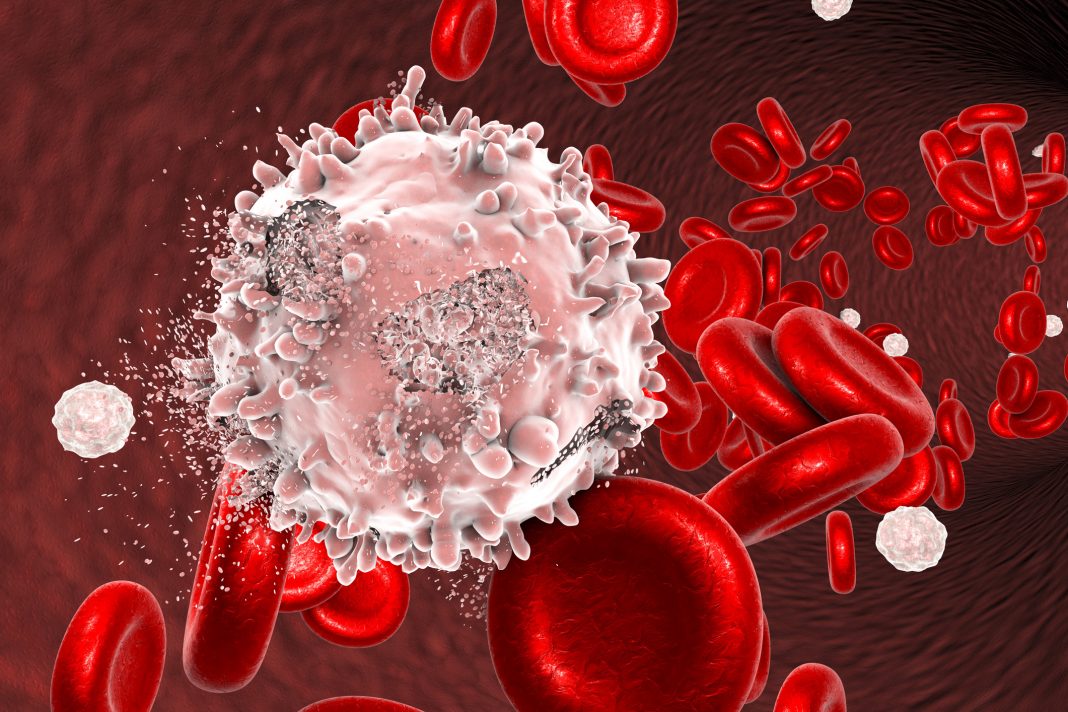In a new study presented at the American Association for Cancer Research (AACR) Annual Meeting and published in Blood Cancer Discovery, titled, “Single-cell Transcriptional Atlas of Human Hematopoiesis Reveals Genetic and Hierarchy-Based Determinants of Aberrant AML Differentiation,” researchers have developed a new gene expression atlas to map how aberrant differentiation of hematopoietic cells can lead to acute myeloid leukemia (AML), a rapidly progressing and life-threatening cancer of the blood and bone marrow.AML is characterized by extensive heterogeneity that can hinder effective prediction of prognosis and response to therapy. Given that not all heterogeneity is driven by genetic mutation, a more thorough understanding of gene expression changes during the progression of AML can help researchers better define and target different types of AML cells.
The study, led by John Dick, PhD, FRS, senior scientist at the Princess Margaret Cancer Centre and professor of molecular genetics at the University of Toronto, Canada, presents a comprehensive single-cell RNA sequencing dataset that sheds light on how AML driver genes affect differentiation in various contexts to inform new biomarkers and drug targets.“This represents an important step in evaluating cell state heterogeneity within and across AML patients in a more quantitative way, adding a new tool to the toolkit for AML researchers,” said Andy Zeng, PhD, first author of the study and an MD/PhD candidate in the Dick lab.Researchers assembled a reference atlas of normal human hematopoiesis using gene expression data from more than 620,000 individual cells enriched for hematopoietic stem and progenitor cells (HSPCs).

Using the atlas, the authors mapped the transcriptional profiles of more than 1.2 million cells from 318 patients with leukemia to distinct cell states. The cohort chiefly consisted of patients with AML, in addition to patients with mixed phenotype acute leukemia (MPAL) and acute erythroid leukemia (AEL), two rare leukemia types that have overlapping characteristics with AML.
The study identified at least a dozen distinct differentiation patterns across the AML samples and found patterns that closely resembled MPAL or AEL, indicating how patients with distinct disease diagnoses can share similar differentiation anomalies.Using bulk RNA sequencing data from more than 1,200 AML patient samples, the Toronto team estimated the abundance of each leukemia cell state in each patient sample and correlated these cell states with common genetic alterations. Results showed that the same mutation could shift cells in different directions depending on the cell of origin and/or co-occurring mutations, explaining how a single leukemia-initiating genetic alteration can generate leukemias with different biological properties.
“These findings reveal that the phenotypic heterogeneity in AML arises from the interplay between genetic drivers and specific cellular context, helping us begin to decipher the ‘rules’ governing the factors that shape the disease,” said Zeng.Taken together, the data provide a guide for researchers to interrogate their own AML samples to find detailed associations between cell states, in addition to genetic or clinical variables with potential therapeutic applications, such as cell state clinical biomarkers that could better predict prognosis and facilitate precision medicine for patients with AML.“We also hope [this study] motivates others outside of the AML space to adopt similar analytical frameworks that precisely compare cancers with their normal tissue counterparts, as these approaches may allow them to integrate genetic and cellular models of cancer heterogeneity in order to advance precision medicine across oncology,” Zeng said.
The post AACR 2025: Comprehensive Map of Leukemia Cell States Informs Drug Targets appeared first on GEN - Genetic Engineering and Biotechnology News..
Health

AACR 2025: Comprehensive Map of Leukemia Cell States Informs Drug Targets

Researchers have developed a new single-cell gene expression atlas to map how aberrant differentiation of hematopoietic cells can lead to acute myeloid leukemia (AML).The post AACR 2025: Comprehensive Map of Leukemia Cell States Informs Drug Targets appeared first on GEN - Genetic Engineering and Biotechnology News.















